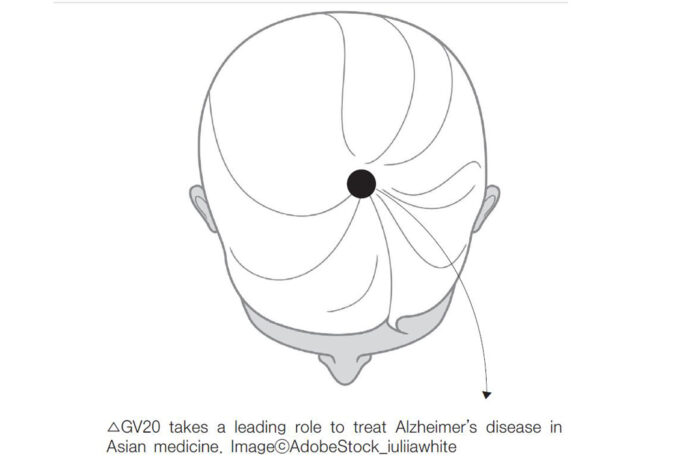By Winston Lee L. Ac, Ph.D., KMD
Let’s look back 120 years ago. In 1900, the life expectancy of the world population was only 47, a surprise. People lived a very long life to be 60 years old in the early 20th century, and many died in their 40s. Therefore, even if you look at Donguibogam of Korea hundreds of years ago or various oriental medical documents, there is no record of current Alzheimer’s or senile dementia because people couldn’t live up to that age.
Alzheimer’s Disease(AD) is an irreversible, progressive brain disorder that slowly destroys memory, thinking skills, and, eventually, the ability to carry out the simplest tasks. Dementia is a higher concept than AD. In other words, more than 50% of dementia is from AD.
As mentioned at the beginning, this disease has emerged recently, and its treatment should be a new technology. As the lifespan of humans increases, the number of patients increases dramatically, but there is no special treatment for this. This is because, for fractures, wounds, trauma, and infectious diseases, the history of prevention and treatment of these diseases has been well prepared last 100 years, but the history of AD is too short, and there is no unanimous and internationally approved solution.
Much research is being done through eastern medicine treatment for AD, which has become a global issue. As a medical professional, it is possible to find and refer to one or two reliable papers when looking for a treatment for a certain disease, but a better way is to research as many as possible papers and find a common treatment among them. For example, it is a method to find a common point among the points used in an animal experiment that induced AD and the points in a thesis that studied the prognosis of hospitalized AD patients.
As mentioned above, a systemic review is a method of collecting various papers with similar themes or materials and finding different academic facts among them. This helps to produce papers that don’t test on animals or do clinical trials but with significant impact. The paper I searched for to find eastern medicine treatment methods for AD is ‘Acupuncture for Alzheimer’s disease: a systematic review, by Myeoung Soo Lee.’
This paper found information on acupuncture treatment for AD in 17 databases in various countries until 2008. Among the numerous papers, three papers that are reliable and worth referencing were selected, and among the multiple acupoints, the common places were found: GV 20, Sishenchong(EX), GB 20, BL23, GV 14, BL23, HT 7, PC6, SP 6, KI3, ST 36, ST 40, LR 3, Yintang (EX), and among them, the most representative acupoint was GV 20.
To write a paper, the author spends a great deal of time finding the most reliable sources of its time. And based on that, he creates his hypothesis. This is because, through their thesis, they can get a master’s or doctorate degree and receive funding for future research. Therefore, to find the most proven and evidence-based treatment for a certain disease, searching through the systemic review paper described here is very effective.

































